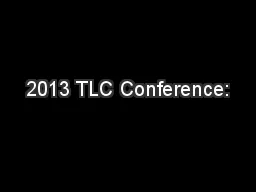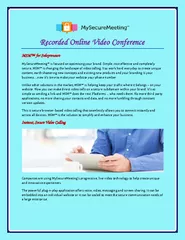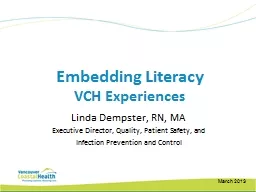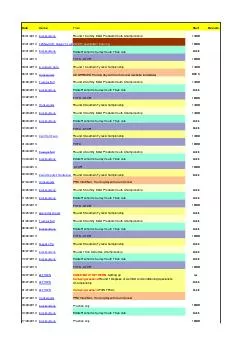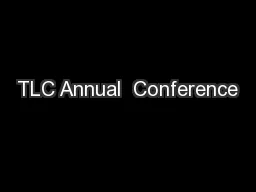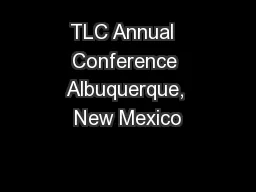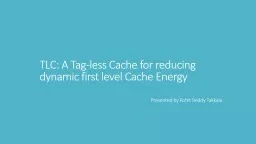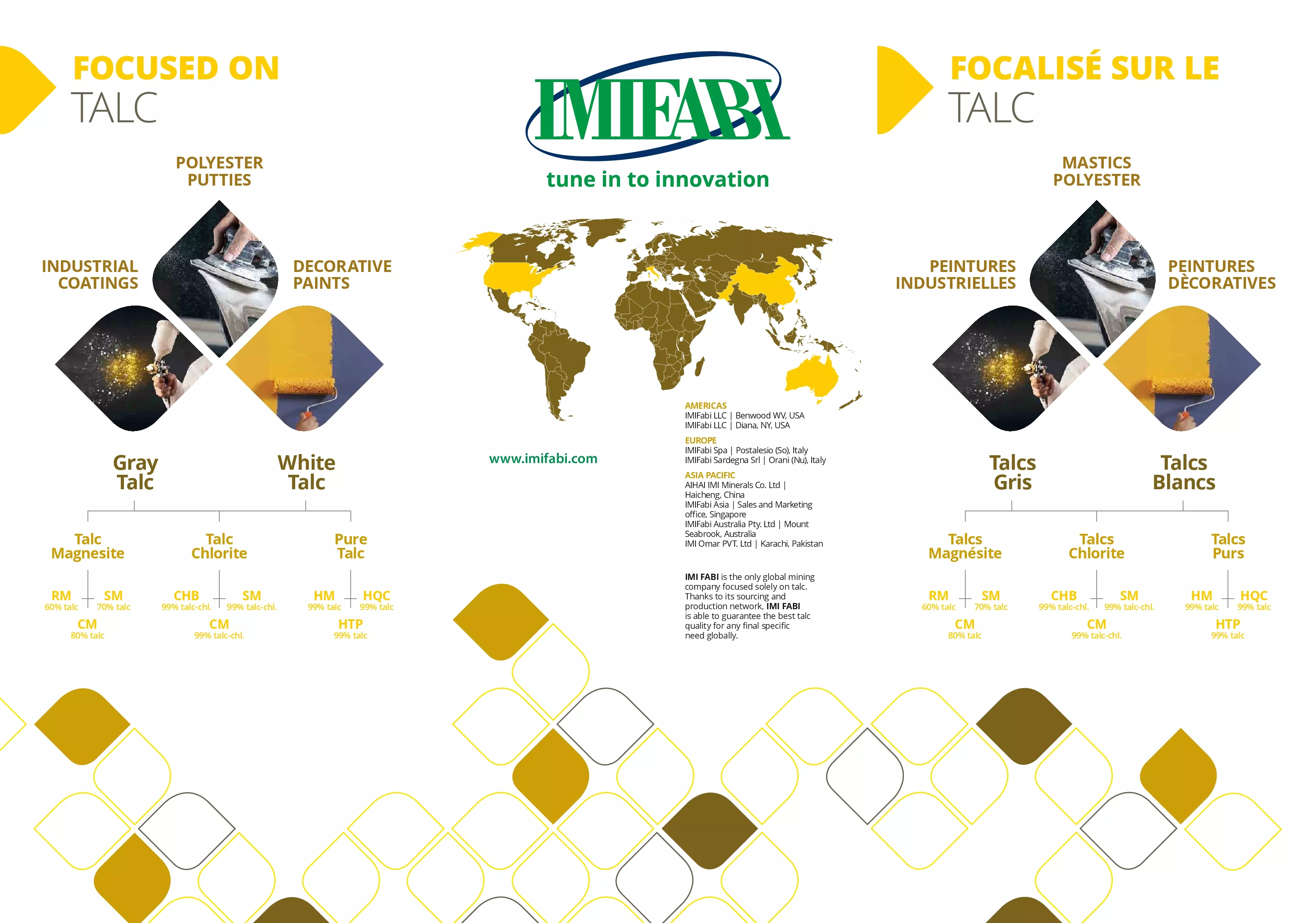PPT-2013 TLC Conference:
Author : aaron | Published Date : 2020-01-31
2013 TLC Conference ImportExport Best practices April 22 2013 San Diego CA by Jerrod Slaughter Corporate Transportation Manager International Whats the big deal
Presentation Embed Code
Download Presentation
Download Presentation The PPT/PDF document "2013 TLC Conference:" is the property of its rightful owner. Permission is granted to download and print the materials on this website for personal, non-commercial use only, and to display it on your personal computer provided you do not modify the materials and that you retain all copyright notices contained in the materials. By downloading content from our website, you accept the terms of this agreement.
2013 TLC Conference:: Transcript
Download Rules Of Document
"2013 TLC Conference:"The content belongs to its owner. You may download and print it for personal use, without modification, and keep all copyright notices. By downloading, you agree to these terms.
Related Documents

